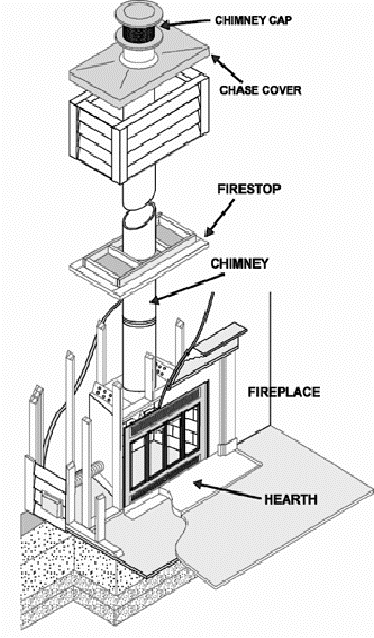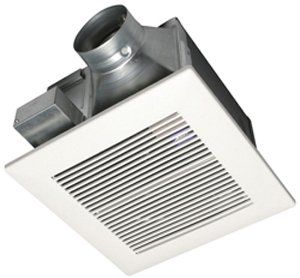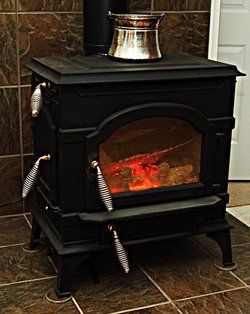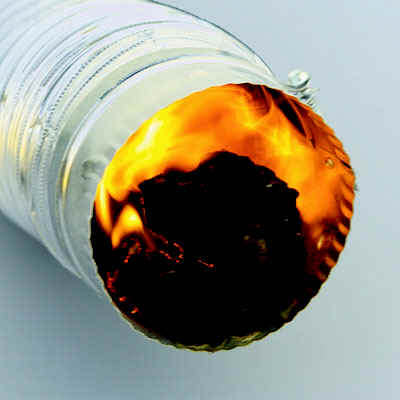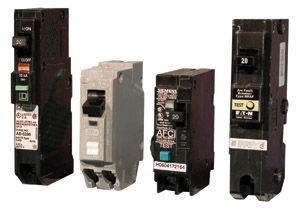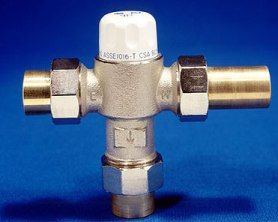Garbage Disposals
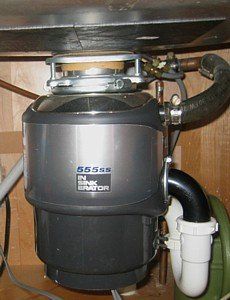
by Nick Gromicko and Kenton Shepard | Source: http://www.nachi.org/garbage-disposals.htm#ixzz2lnINbwBh
Garbage disposals are residential and commercial appliances designed to shred food waste so that it can fit through plumbing. They are usually electrically powered (although occasionally powered by water pressure) and are installed beneath sinks. Despite the convenience afforded by garbage disposals, the strain they can place on septic systems should be weighed against any potential benefits they might provide.
- It must be collected and transported long distances to landfills and waste treatment facilities.
- In landfills, food scraps decompose and produce methane gas, which contributes to global warming.
Note: The above points must be weighed against the added expense of treating food waste in sewer systems and transporting it from septic systems.
- The National Electrical Code (NEC) does not require a garbage disposal to have GFCI protection. GFCI protection for this appliance is optional.
- The vibration caused by the operation of a garbage disposal can cause electrical connections to separate. Check for any loose connections in the wire compartment box at the base of the disposal.
- Garbage disposals should be either hardwired or connected to an outlet through a grounded electrical outlet.
- A dedicated circuit is generally recommended, although a circuit that is shared with a dishwasher is sometimes appropriate. The best authority on this distinction is the disposal’s user manual.
- Put only small quantities of food into the disposal at a time. Large food scraps should be cut into smaller pieces before entering the disposal.
- Never put anything down the disposal that is not food or water. Bottle caps, aluminum foil, and other non-food items can damage the disposal or get stuck in piping.
- Run water while using the disposal, and for approximately 30 seconds after you turn it off. Food scraps will flow through the piping more easily if they are pushed along by water. Cold water is better than warm water for this purpose because it will force fats and grease to congeal and harden, allowing them to move more easily through pipes. Warm water can be run through the disposal while it is not in operation.
- Ice can be used to clear off solidified grease and other debris from the blades in a garbage disposal.
The garbage disposal should only be used to grind non-fibrous, leftover food. If in doubt as to whether something can be put in the disposal, err on the side of caution and put it in the trash instead. The following items should never be put in a disposal:
- items that are hard enough to dull the blades, such as shells from shellfish or bones;
- food that is highly fibrous, such as corn husks, artichokes, pineapples, potato peels, asparagus, or celery should enter a disposal only in small quantities or avoided entirely. These foods take a long time to grind and can clog the disposal or the plumbing.
- grease or household oils; or
- chemicals.
